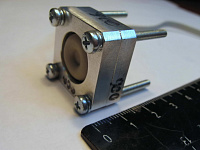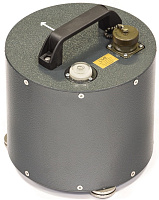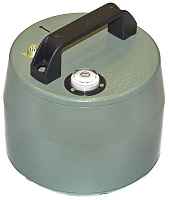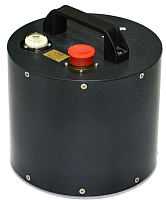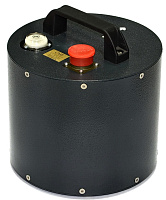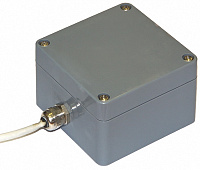The CME-4011 & CME-4111 seismometer models, also known as the first sensors based on the MET technology, have been manufactured by R-sensors since the foundation of our company. From this time on, the structural design was optimized and revised for several times. By now we have acquired a considerable experience of using these models especially under severe field conditions. The newly designed seismometers named CME-4211 and CME-4311 are thoroughly redesigned versions of CME-4011 & CME-4111 respectively. During 2012, both families were manufactured at the same time and since 2013 new models will replace the old ones entirely. Along with improving durability, changes were made to vertical channel and output filters.
The new CME-4211 and CME-4311 families feature drastically more stable newly designed vertical transducer with force feedback. Output filters have the 2-nd order low-frequency slope lowering the DC drift and shortening settling time after power on. Besides, the input power supply range was extended to 10.5 - 30 V DC. The case design and output connectors remain as in the previous models. The renewed low-power versions are also available.
